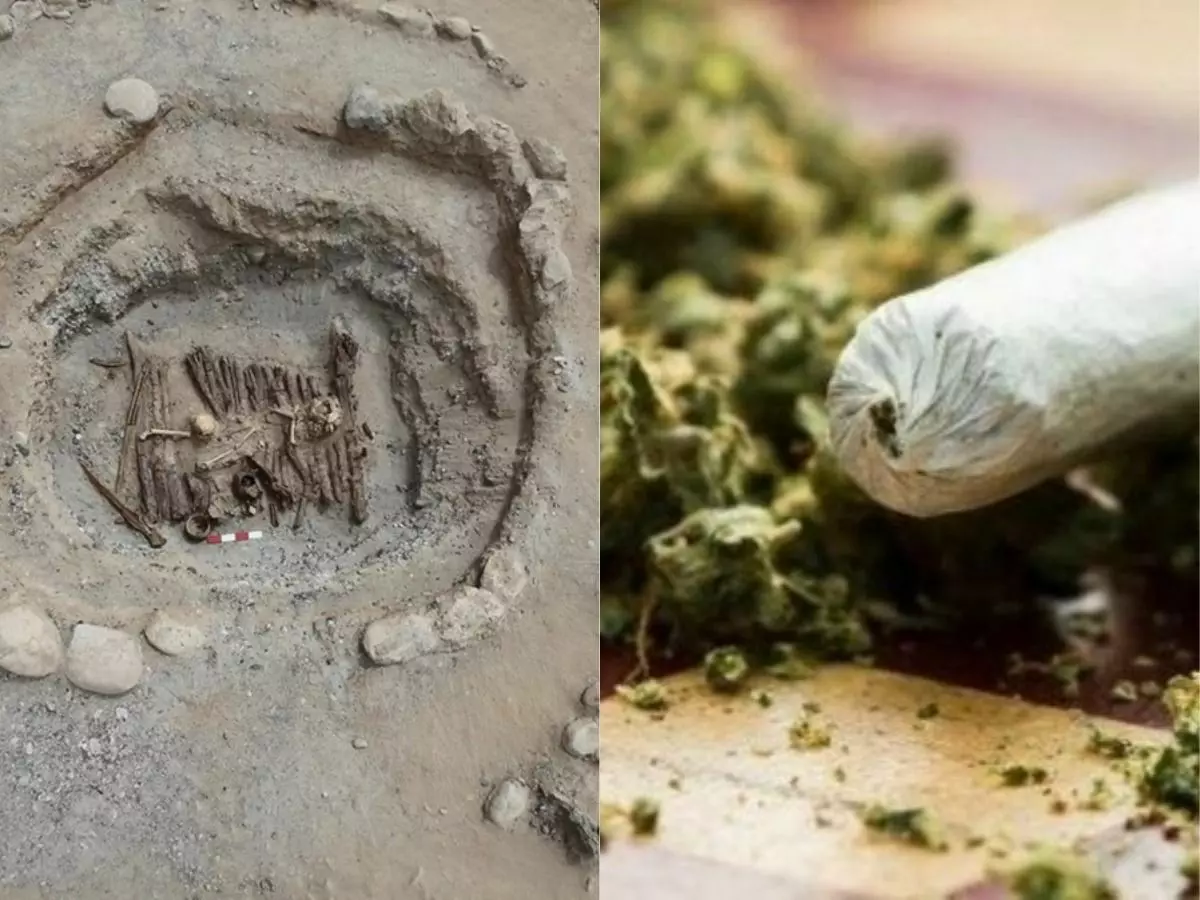Scientists Find Proof Humans Smoked Weed As Part Of Burial Rites 2,500 Years Ago
We¡¯ve got quite the issue with smoking marijuana today, given that it¡¯s illegal in most countries. Apparently though, we didn¡¯t feel like that a few thousand years. According to a recent find, some of us were even toking as part of funeral rites.

We've got quite the issue with smoking marijuana today, given that it's illegal in most countries. Apparently though, we didn't feel like that a few thousand years.
According to a recent find, some of us were even toking as part of funeral rites for family.

A team led by Yimin Yang, an archeologist at the University of Chinese Academy of Sciences, was conducting a survey recently at a cemetery high up in the Pamir Mountains in Central Asia. There, their dig site uncovered braziers and bones dating back to 2,500 years ago.
More importantly, they also discovered traces of cannabis residue in incense burners at the scene.
This discovery marks some the oldest evidence we have of people smoking pot as part of a ritual. That's just what they found though, there's no telling how much green was actually lit up at the Jirzankal Cemetery. Situated 3,000m above sea level, it dates back all the way to 5th century BCE.
The researchers used a technique called gas chromatography-mass spectrometry, which let them find higher concentrations of tetrahydrocannabinol (THC) than you would find in wild cannabis. That's the main psychoactive compound in weed that gives you a high when you smoke it.
That indicates that people in the area likely cultivated and processed the cannabis specifically for its effects on the brain. "It is possible that high-elevation populations of a naturally higher THC-producing variety were recognized and targeted by people in the Pamir region, possibly even explaining the prominence of ritual sites in the high mountains," the authors wrote.

Xinhua Wu
We've found traces of weed before, specifically in evidence of hemp cultivation dating back to 4,000 BCE. However, given the data for those findings, it's speculated that was likely for food and textile fibers rather than recreational or ritual smoking. It also ties in with modern theories that cannabis wasn't always naturally psychoactive like today, but was transformed by ancient plant viruses and selective human cultivation.
"This is a wonderful example of how closely intertwined humans are and have been with the biotic world around them, and that they impose evolutionary pressures on the plants around them," said study co-author Robert Spengler.
Jirzankal Cemetery was actually a sort of way point on important older trade routes through Central Asia. And many of the people buried there seem to not be local. There was also the discovery of a non-native musical instrument at the burial site, plus human skulls showing perforations and deadly bone breaks, which paints quite a picture.
Likely, the researchers say, human sacrifice was performed at the site. "It's hard to say if the sacrifice is related to smoking," Yang told Motherboard in an email. "So we just interpret that the funeral ritual may have included flame, music, and smoking."
Maybe these elaborate rituals had a purpose. Perhaps they were a necessary part of long treks along the trade routes, a prayer to a higher power to guide travellers safely along their way. Maybe, given the weed present, it was all part of a way to guide participants into a higher state of mind in order to commune with the dead.

Xinhua Wu
After all, the weed wasn't rolled up or smoked in pipes. Instead, it was put over a brazier and burned so everyone nearby could partake of the smoke, similar to descriptions of the plant's usage in ancient Greek writings.
But what is does confirm at least is that weed is always best experienced with some good music on the side.
